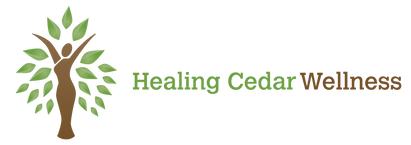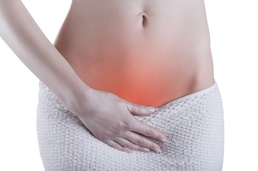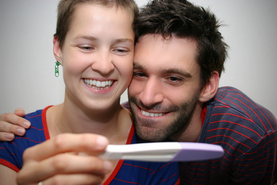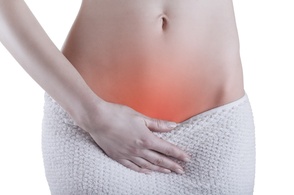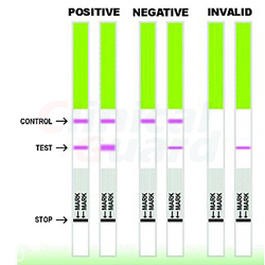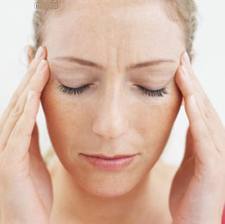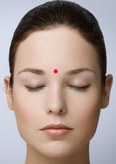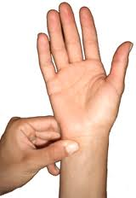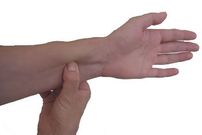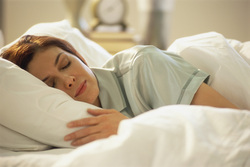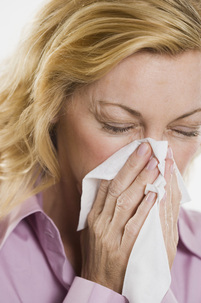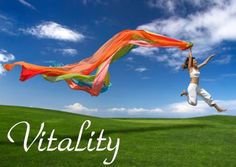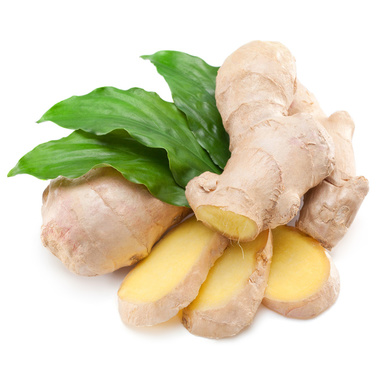 For many people the onset of the cold damp weather also marks the worsening of arthritis symptoms. With many of the common conventional therapies used to treat this painful condition, risks and side effects can be abundant. Overuse of pain killers can lead to organ damage (namely stomach, liver, and kidneys), and tolerance leads to a problematic cycle of needing higher doses to relieve the pain. Cortisone shots can lead to degenerative changes in the joint, potentially worsening the situation in the long run. Complementary therapies can offer safer and highly effective means to treat arthritis, and depending on the situation, can either reduce the amount and dependence on conventional drugs, or replace them altogether. Acupuncture is one of the safest available alternative therapies, and has been shown in numerous well-designed studies to be highly effective in providing long term management of arthritis symptoms. A thin needle correctly placed, will set off a chain of natural chemical events in the body, releasing chemicals that change the body’s perception of the pain, as well as agents that work to control the inflammation. Stimulation of the local circulation adds to the pain relief and can reduce stiffness. Often electric stimulation is added to the needles, a process that is quite comfortable and works to potentiate these effects. Certain simple herbal remedies can greatly accentuate treatment, and many herbs not only offer little in the way of side effects, but may also offer added benefit to the body by the way of antioxidant and organ-protective actions. These 4 herbs have demonstrated significant benefit for arthritis symptoms: 1- Boswelia serrata – called Mo Yao in Chinese Medicine, the medicinal part of this tree is the aromatic resin you may recognize - frankincense. Boswellia has strong anti-inflammatory and analgesic properties, has demonstrated the ability to slow cartilage loss, and may work against the autoimmune process. 2- Capsicum extract – the agent that makes the hot pepper, hot. Can open the circulation and reduce the perception of pain by inhibiting a pain transmitter. Versatile for use as a topical cream to provide relief at the source. 3- Turmeric – called Yu Jin in Chinese medicine, and gaining much popularity as a natural anti-inflammatory and analgesic. Works again to inhibit pain receptors and inflammatory chemicals. Best taken as an extract (called curcumin) for medicinal purposes. 4- Ginger – called Sheng Jiang in Chinese Medicine, very similar in use and effect as turmeric, as the 2 plants share close botanical relation. Other supplements also have much to offer for arthritis relief, namely Omega 3 fatty acids. As herbs and supplements have medicinal effect, it always of utmost importance to check to be sure they are suitable for your individual use, especially if you are taking prescription medications, have certain medical conditions, or are pregnant. Rebecca Stephens D.TCM, R.Ac, B.Sc.
3 Comments
|
Healing Cedar Wellness'
|
